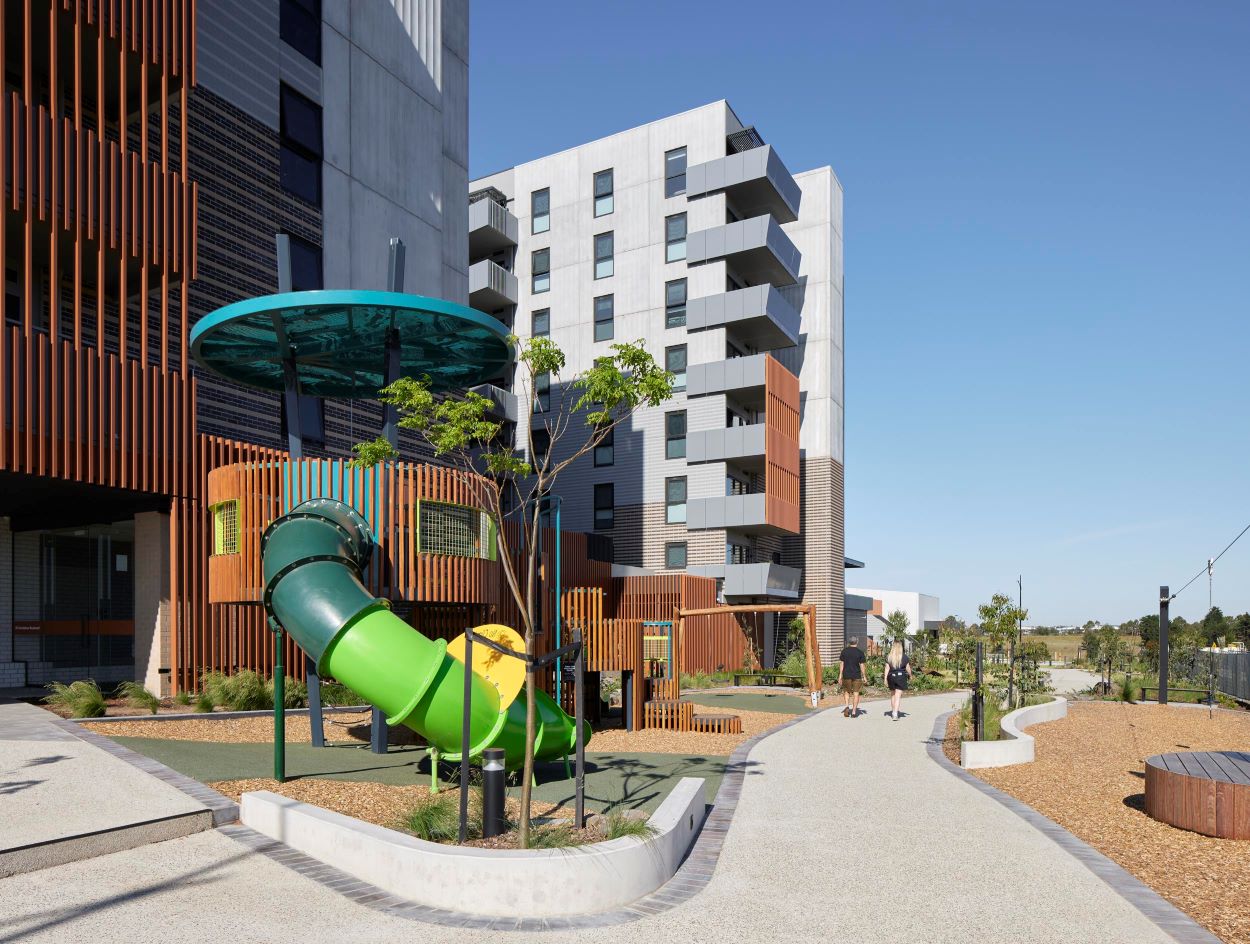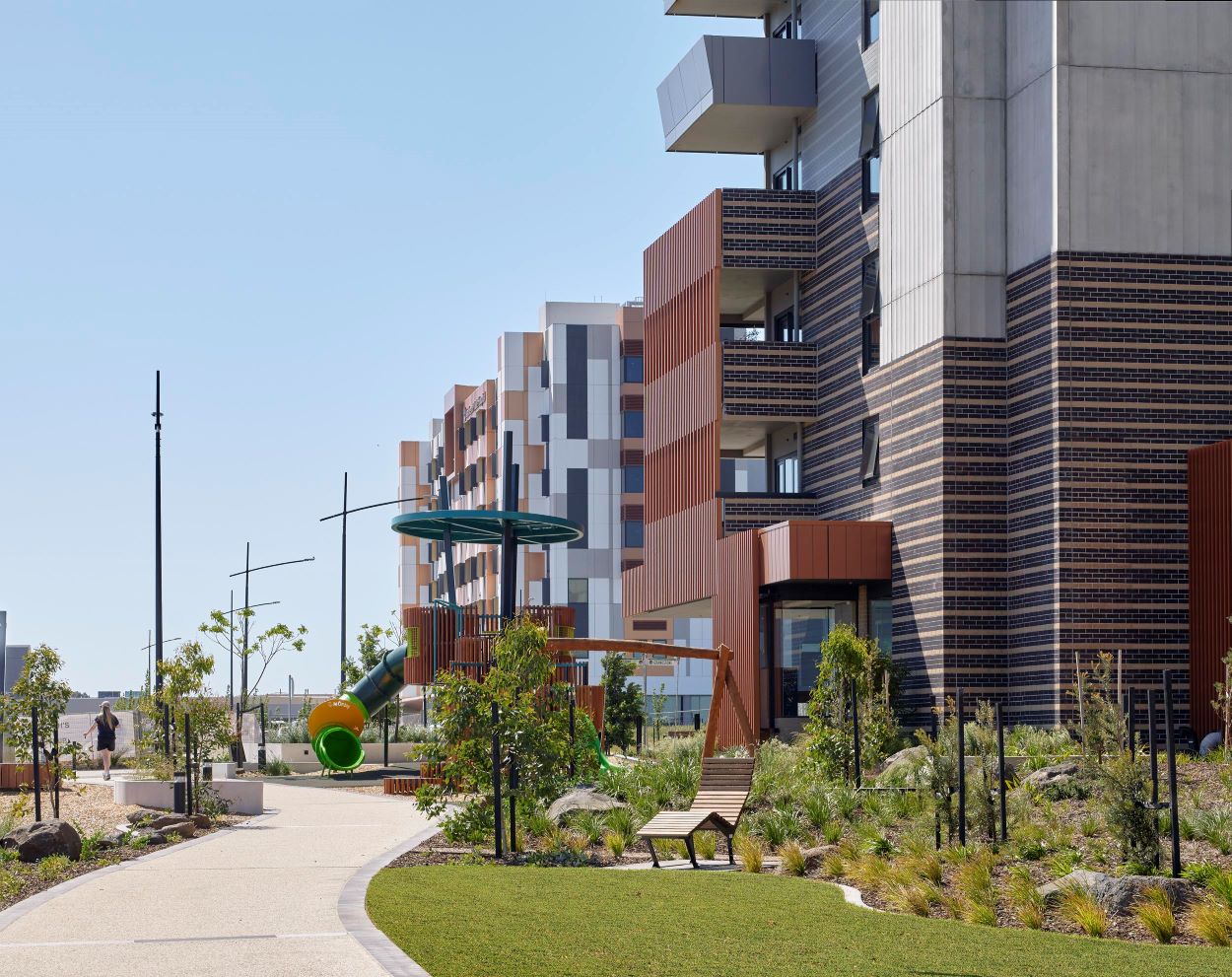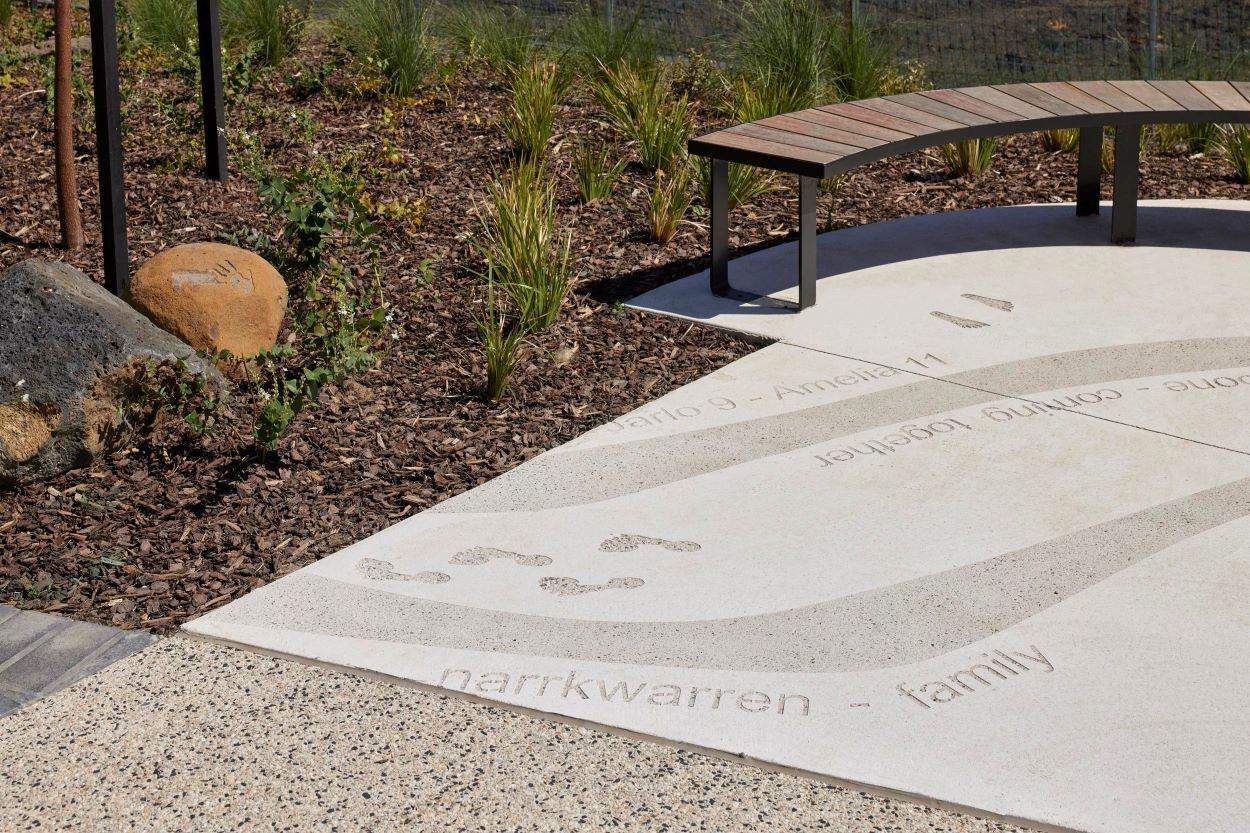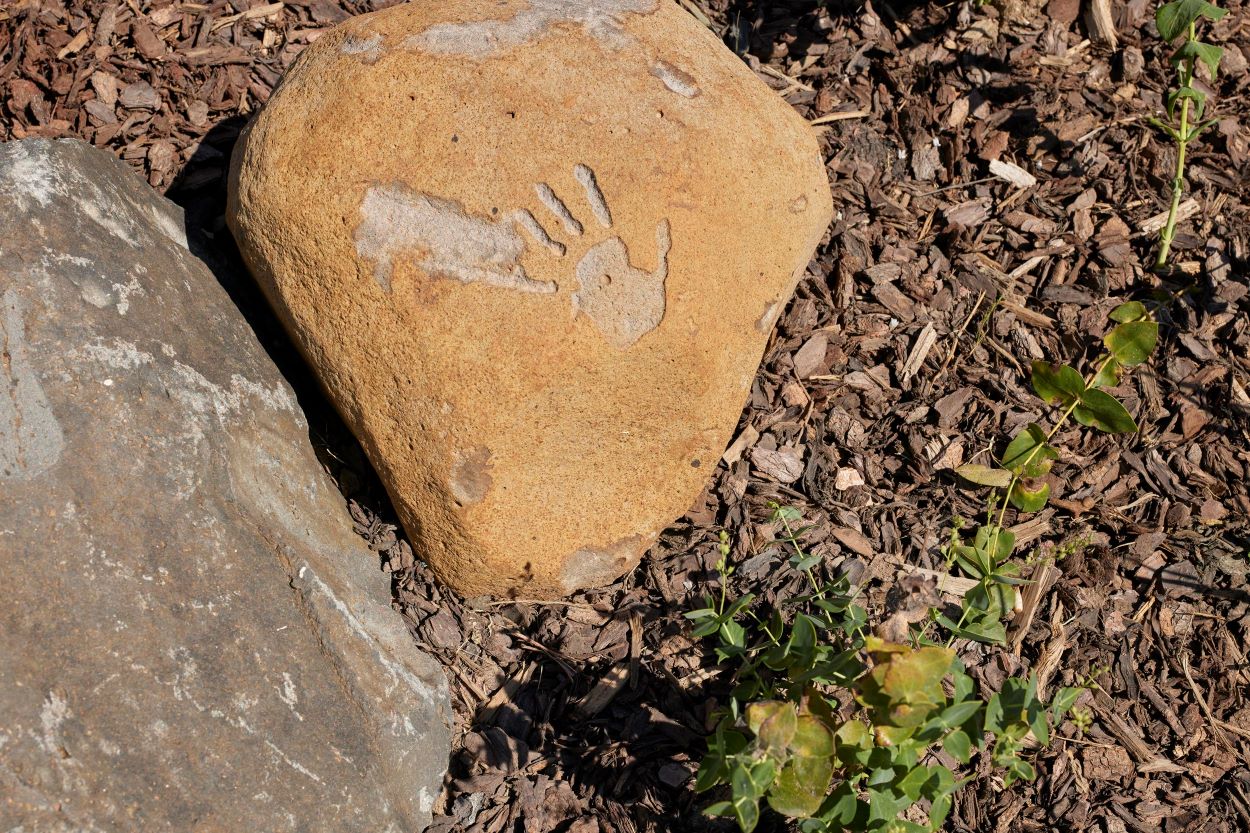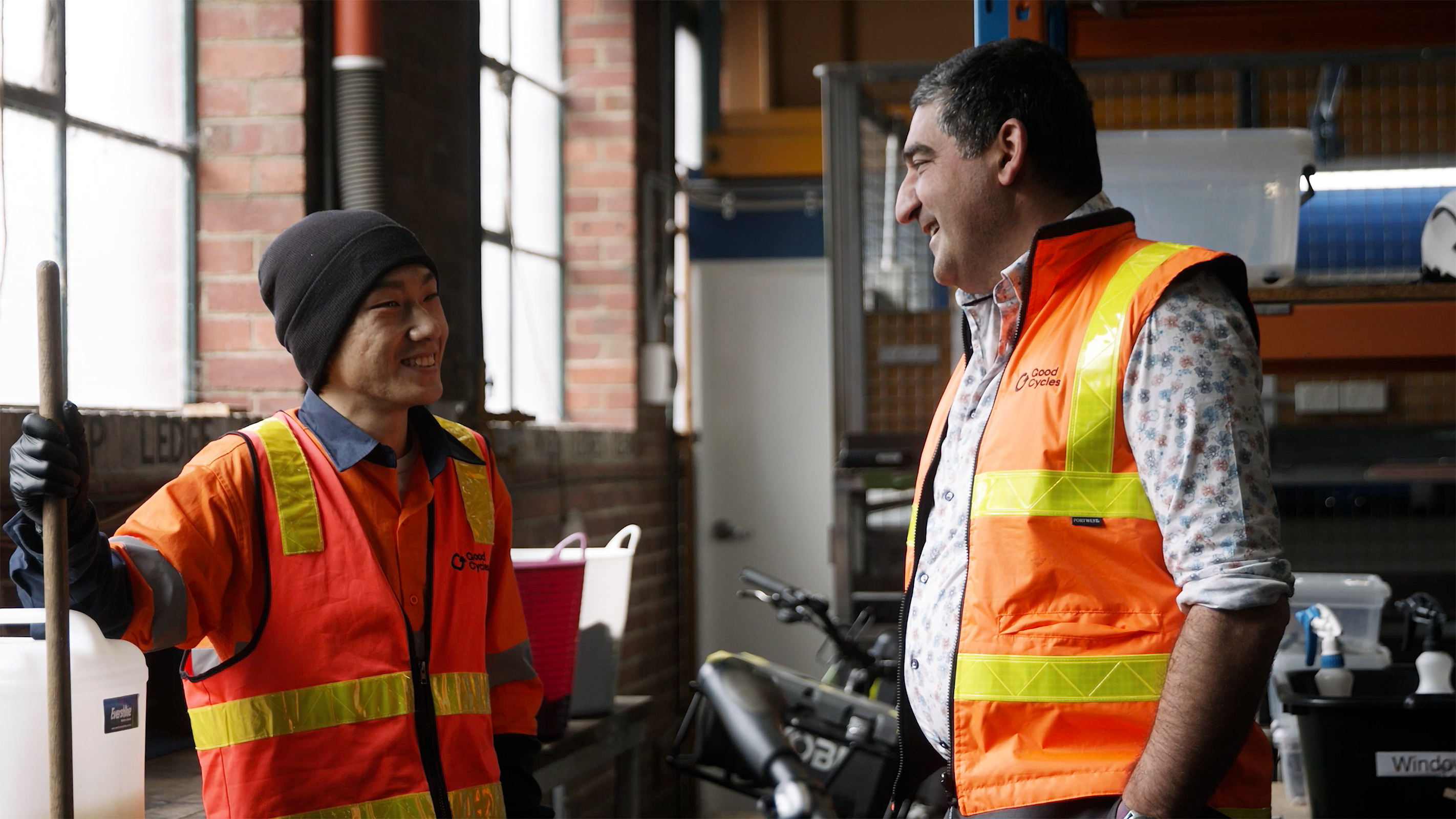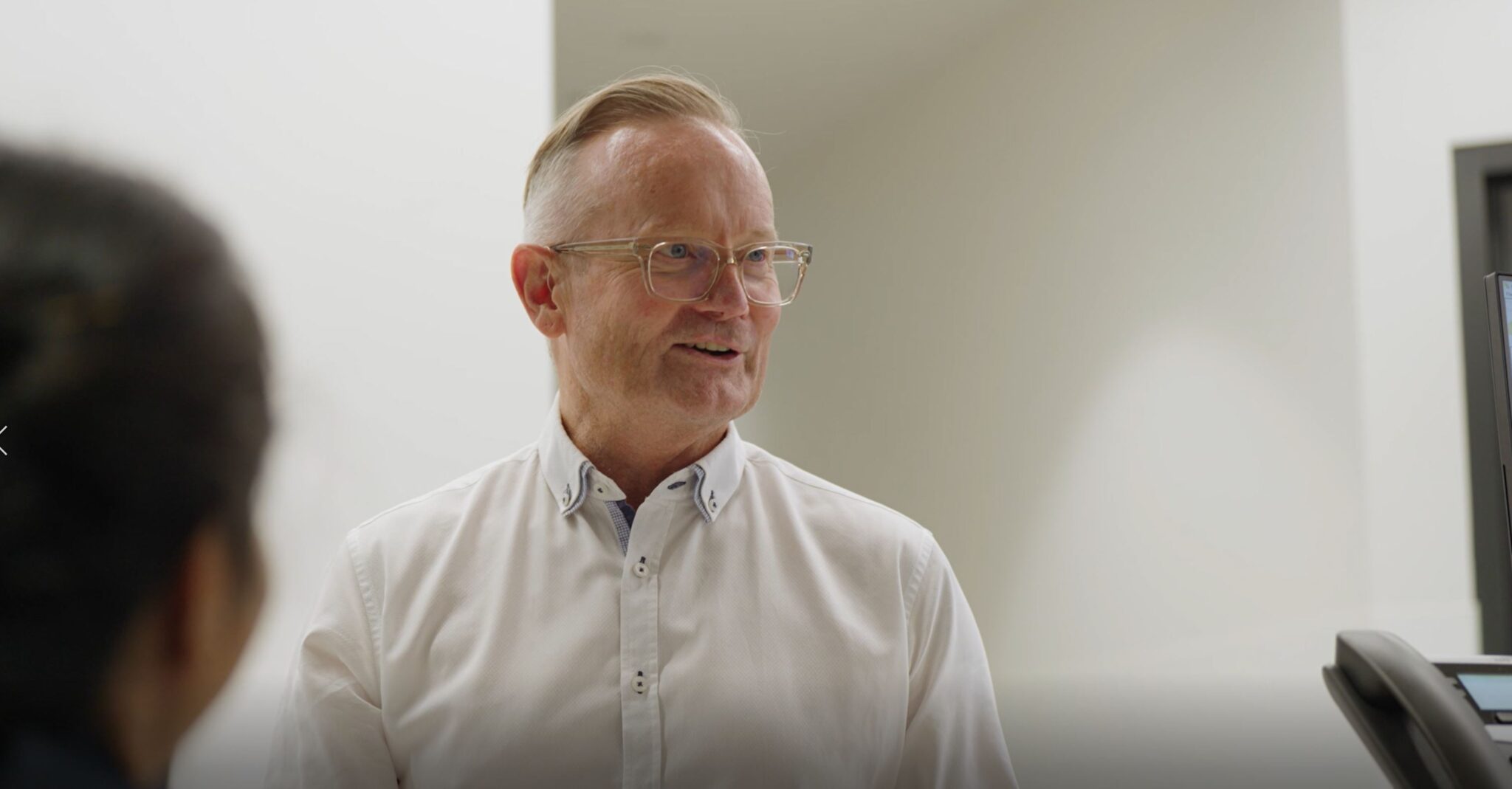In 2021, Riverlee partnered with Greenshoot Consulting to lead engagement with the Traditional Owners of the New Epping site, the Wurundjeri Woi-wurrung, to establish a relationship with local Elders and embed Wurundjeri knowledge and culture into the planning of the site.
In this article, Greenshoot principal, Jeremy Gaden, explains the journey so far and reveals the stories behind New Epping’s new park, woorike jellicka.
We were engaged by Riverlee to introduce their family business to the Wurundjeri community. Mindful of the site’s histories and wanting to weave Wurundjeri narratives into the New Epping development, Riverlee was looking for guidance and education from local Elders.
As the relationship with the project developed, we received a generous level of engagement from Wurundjeri Elders, which we are really grateful for. It is often personal connections that makes our work resonate and leads to the best outcomes, and in this case, one Elder had grown up in the area not far from New Epping and even used to swim in the quarry hole.
Following a series of workshops, in which Elders discussed the site and its adjacencies, six cultural narratives were identified that could be used to prompt further conversations in design and activation opportunities. This early work not only uncovered these cultural narratives, but also explored how Riverlee and the Wurundjeri would work together in the future — and what reciprocity would look like in this project.
In 2022, Riverlee started works on the Stage 1 Residences, and we were able to bring some of those broad narratives into action. We proposed the park project to the local Elders, who saw it as a wonderful opportunity to not only highlight elements of Wurundjeri culture but importantly to provide opportunities to educate young people and normalise Woi-wurrung language.
Tract, the landscape architects, had already done some design thinking using the Silver Banksia that is native to the site. We socialised this concept with Wurundjeri representatives, working closely with Aunty Joy Murphy-Wandin and her son Craig Murphy, who had trained as a horticulturist, to find ways to align the banksia with the broader cultural narratives for the site.
Through research and discussing the opportunities with Aunty Joy and Craig, we discovered that Silver Banksias are an important resource for First Peoples in southeast Australia and have a range of traditional uses. Foods with high sugar content were highly valued by First Peoples and the banksia flowers were much sought after because nectar from the flower spikes could be extracted to sweeten drinks.
Individual flowers were also used as fine paint brushes, while dry cones could be used to strain drinking water, as firebrands, and were even used as hairbrushes. The wood from the banksia timber was valued for making artefacts such as clap sticks, woomera, wonguim (boomerang in Woi-wurrung) and needles used to weave baskets and mats.
Celebrating this, the banksia element was further developed in the landscape design of the park, including the animals that live in and feed off the banksia. It was Aunty Joy’s idea to involve local Wurundjeri children and have them draw the banksia and animals, which are now incorporated throughout the park. There is a game matching Woi-wurrung names to English names, and the children’s handprints are also embedded into the furnishings and boulders, along with Woi-wurrung words and motifs for ‘family’ and ‘gathering’.
The decision to name the park ‘woorike jellicka’ which translates to ‘banksia play’, came towards the end of the project, as a reference to the vision that the park could become a central meeting place for the community to gather and enjoy good times.
Having worked on many projects with Traditional Owners, we sometimes see situations where, whether it is through a developer’s value management process or bureaucracy, opportunities that have been identified by Traditional Owners are eventually diminished.
Here, they were strengthened. Riverlee’s appetite for engagement and for getting it right was encouraging, and we have been struck by the genuine desire to engage and to be faithful to what we are hearing from Wurundjeri. Riverlee has fought really hard and taken the time to deliver on what the Elders have wanted.
For example, in naming the park, the submission to council and the state government had to comply with their policies. The name we initially requested was simply ‘woorike’, or ‘silver banksia’, but in accordance with English conventions, we were requested to add a suffix to the end, translating to words such as ‘park’ or ‘reserve’.
The Wurundjeri were uncomfortable blending languages, and so we added the word ‘jellicka’, and sought to compromise. In many First Peoples languages, capital letters are optional with the exception of people’s names, so lowercase usage was also requested — something that was happily approved in March 2023.
As New Epping evolves, we are looking to embed more cultural narratives into the masterplan, working with Wurundjeri to identify which narratives can be applied to different precincts that will be used as the foundation for further design expression. I think Edgar’s Creek corridor, as the heart of the site, will play an important role in the cultural fabric of the community, while the health precinct also has some unique characteristics that will bring out some enriching perspectives.
There are always more stories to be told and that’s the beauty of working with Traditional Owners on this kind of work — we are on a journey of learning and unearthing some really important stories, which we can’t wait to share with the broader community.
Riverlee acknowledges the Wurundjeri Woi-wurrung people as the Traditional Owners of the land on which New Epping is located. We pay respect to Elders past and present.
